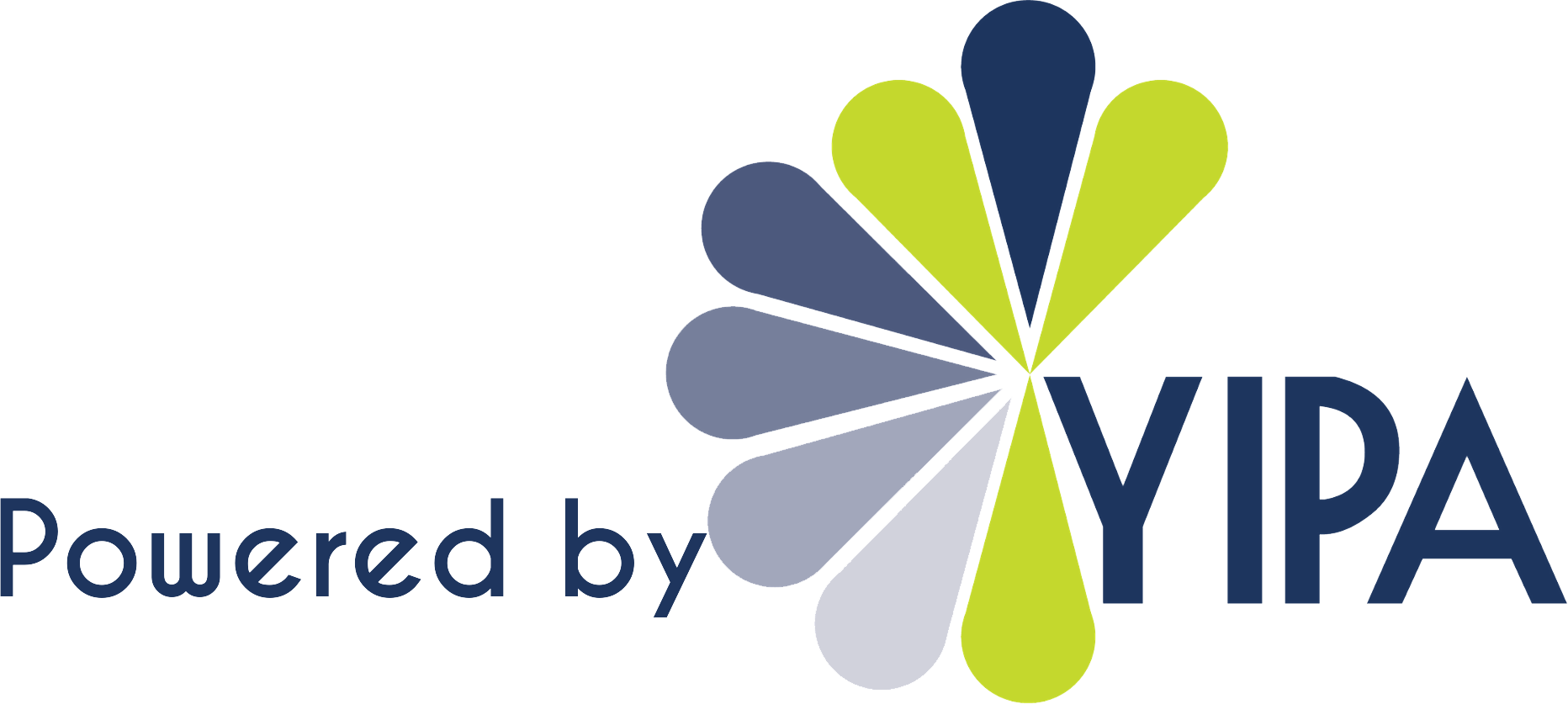
How to Address Secondary Trauma

Secondary trauma is a natural but disruptive result of working with people who have been traumatized. Therefore, your work with young people makes you vulnerable to this type of stress. So, you owe it to yourself to learn how to address it.
Secondary trauma has also been called compassion fatigue. You might know it as vicarious trauma. Because it is common among people in helping professions, we sometimes think of it as ‘the cost of caring.’
So, you need to know what it is. And how to recognize the symptoms. Consequently, you'll learn what you can to do to reduce risk factors. Most of all, you can protect your wellbeing.

- Live Online Training
- Wednesday, October 30, 2024
- 10:30 am to noon Central Time
- FREE for YIPA members
What is secondary trauma?
Youth workers often hear about traumatic experiences of the young people they serve. While you didn’t experience the trauma yourself, you can develop a traumatic stress reaction. That's what secondary trauma means.
Furthermore, it can be a cumulative response. For example, if you work with many trauma survivors over a period of time.
In addition, it helps to know that secondary trauma is not just having a bad day. It's more than going through your own personal issues.
It’s also not PTSD. However, post-traumatic stress disorder does have similar symptoms.
Moreover, secondary trauma is different than burnout. Burnout is caused by an increased workload and institutional stress. So, it can often be reduced or solved by just taking a little time off.
You may be at higher risk if you have a heavy caseload. Another risk factor is if you have a personal history of trauma. Additionally, if you don't have a supportive work environment. And if you don't have a supportive social network.
Symptoms to watch for
Once you know what to watch for, it will be easier to prevent secondary trauma. Remember, this is a common experience for youth workers. So, know that you're not alone. You can help yourself. And there is help all around you.
-
Notice if you feel numb, overwhelmed, detached, or hopeless. Those are some emotional effects.
-
Watch for physical effects like when you feel fatigued, or have low energy.
-
Be aware of cognitive effects. Maybe you feel more confused. Or have more trouble concentrating. Maybe you're finding it harder to make decisions.
-
Professional effects are things like having low morale. Or maybe you notice your work performance slipping.
-
Interpersonal effects like you’re physically withdrawing. Or you're becoming emotionally unavailable to friends, family, and coworkers.
If symptoms like these are disrupting your life, get help as soon as you can. You can take steps to manage this kind of stress.
Prevention and treatment strategies
First of all, there are easy strategies you can learn. You can choose what works best for you. Also, your organization can take steps to help you. Most importantly, focus on both prevention and treatment.
Strategies to prevent secondary trauma:
- Maintain good life balance; a mix of interests, activities, and relationships
- Give yourself downtime to relax and unwind
- Get outside and connect with nature
- Indulge your creative juices
- Work on your time management
- Choose good coping techniques for handling stress
For treatment strategies, self-care is at the top of the list. Follow a healthy diet, exercise regularly, get good sleep. These are all great ways to reduce the adverse effects of stress. Try journaling to process feelings. Reflection can help find positive meaning from negative experiences. Ask for help. Seek professional support.
Ways your organization can help:
- Implement policies that promote self-care
- Ensure a safe work environment
- Make counseling accessible to all your team members
- Create a culture that recognizes and addresses the effects of secondary trauma
YIPA has a training to help you learn How You and Your Organization Can Manage Burnout and Secondary Trauma. It's free to YIPA members.
About the author
Barbara Van Deinse is the operations director of the Youth Intervention Programs Association (YIPA), a non-profit association of youth-serving organizations. We're your source for exceptional, affordable, personal and professional online learning via The Professional Youth Worker. Join us!
To ask Barbara a question or share your feedback about this blog, email barbara@yipa.org.


